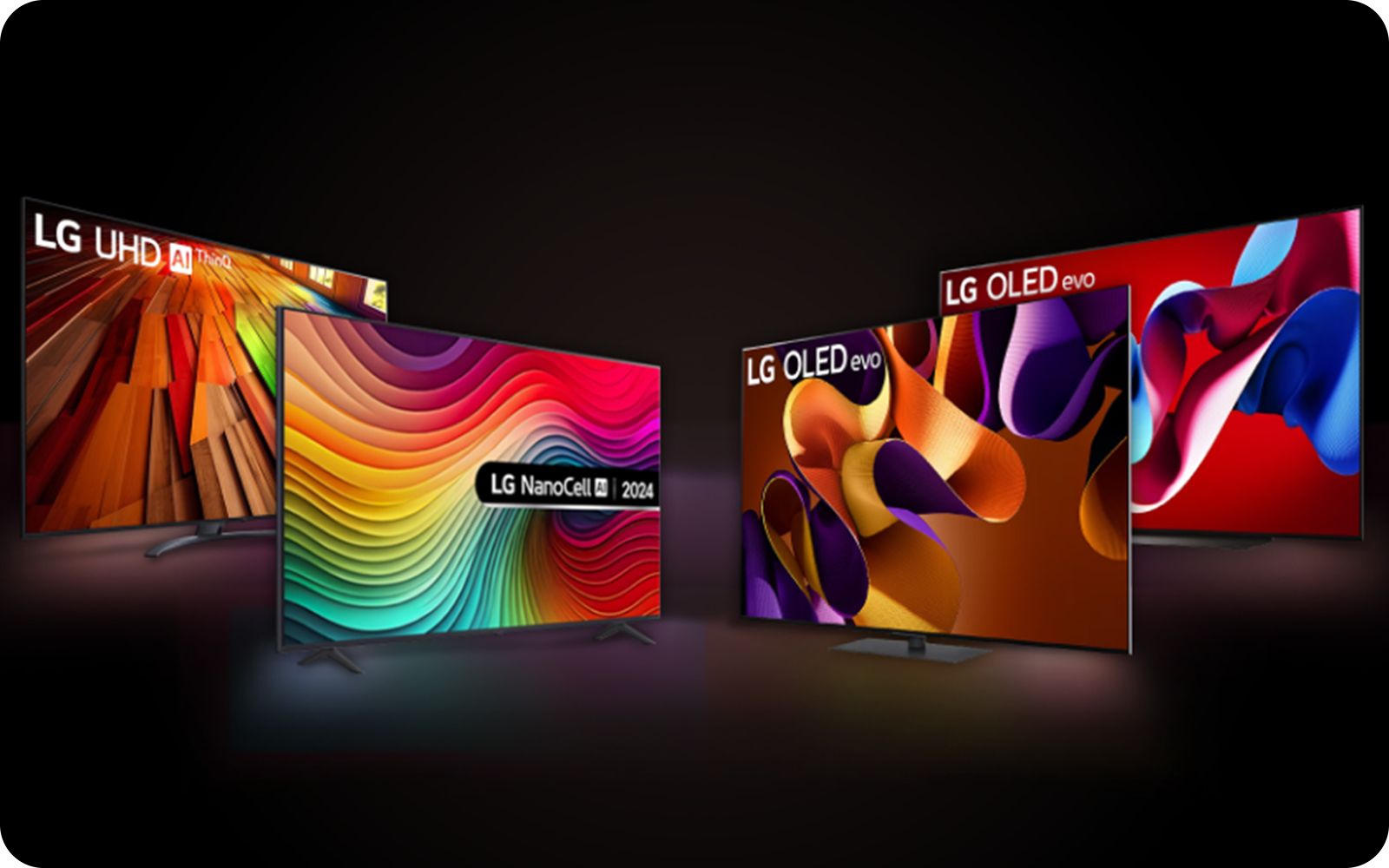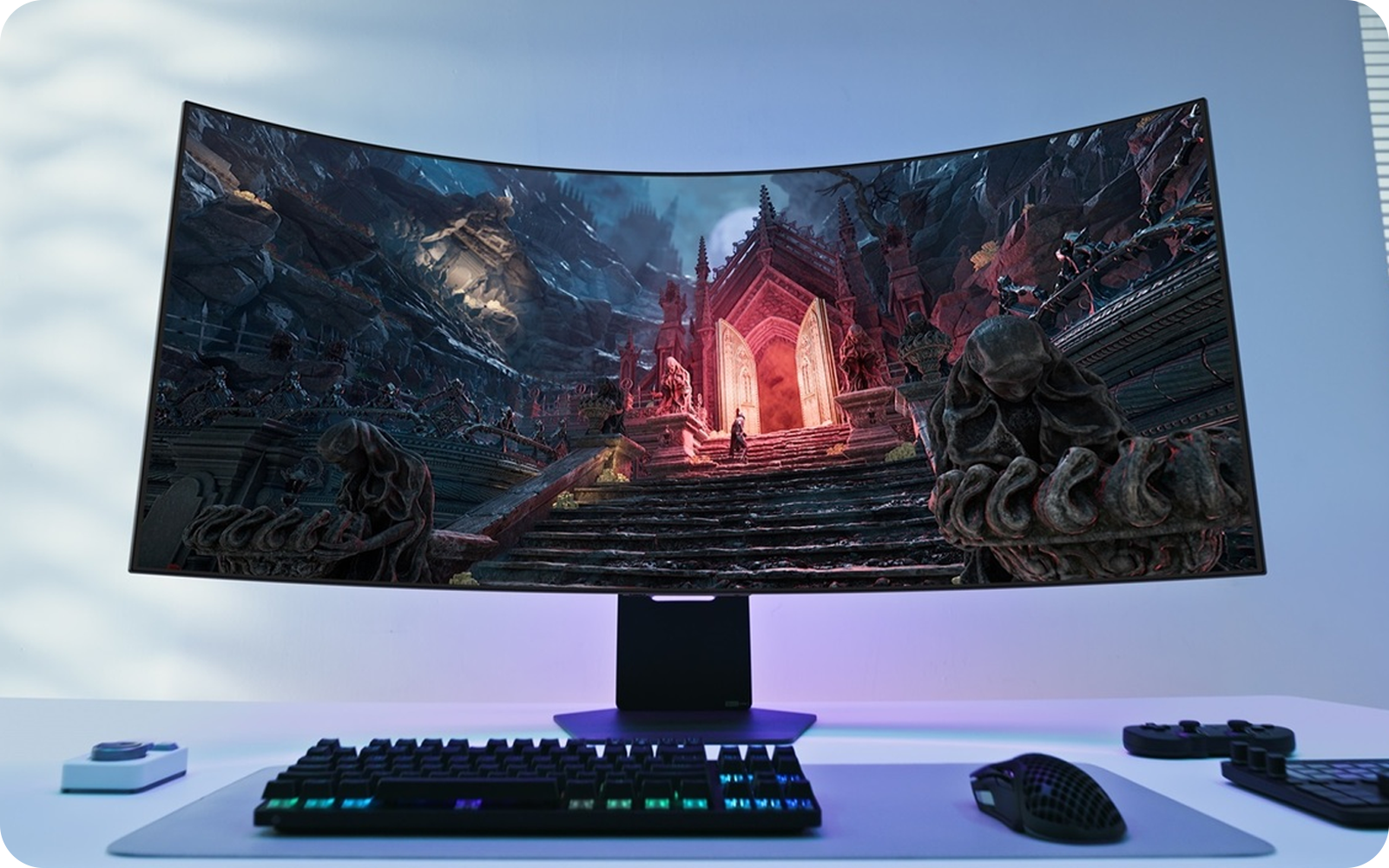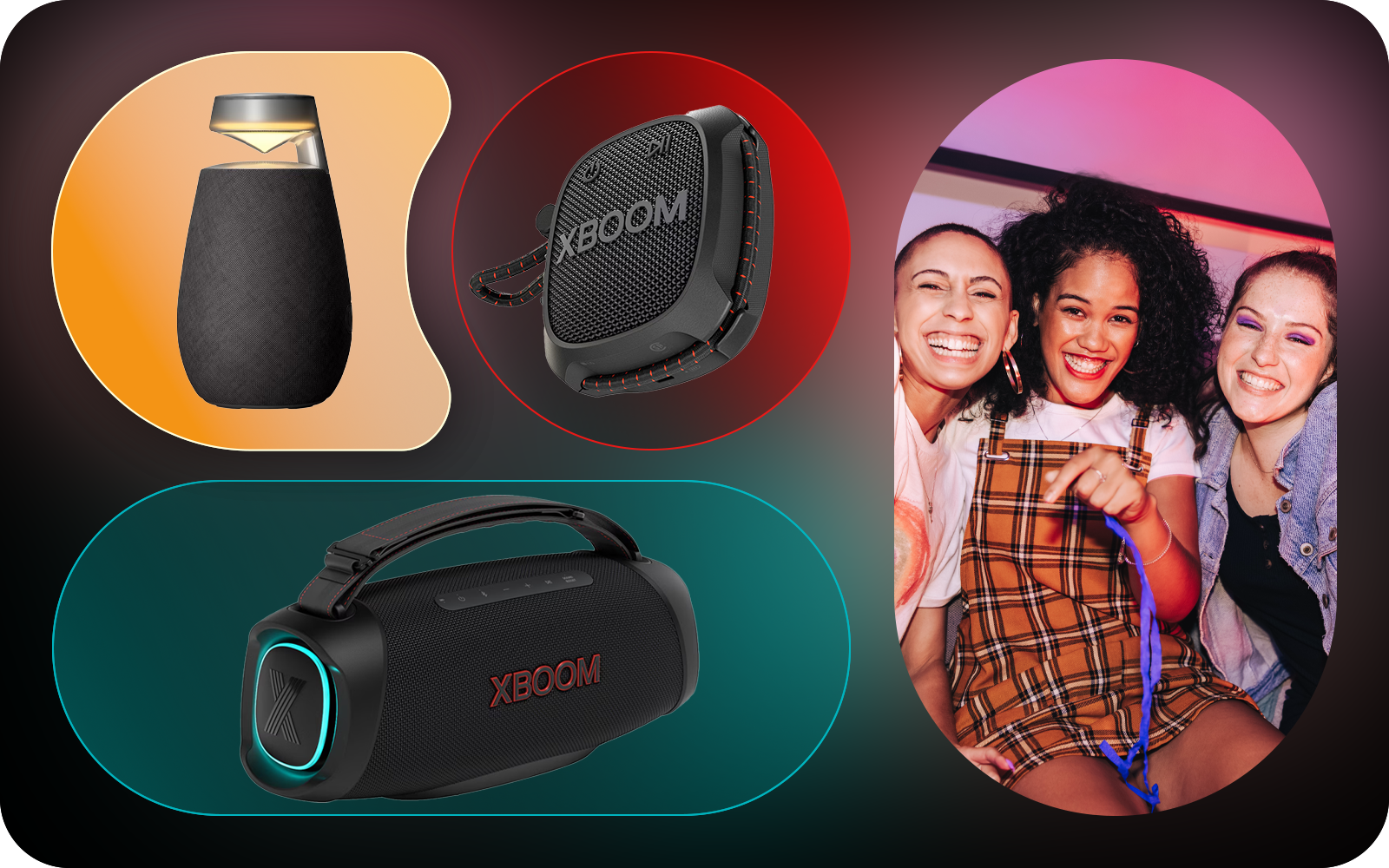We use cookies, including cookies from third parties, to enhance your user experience and the effectiveness of our marketing activities. These cookies are performance, analytics and advertising cookies, please see our Privacy and Cookie policy for further information. If you agree to all of our cookies select “Accept all” or select “Cookie Settings” to see which cookies we use and choose which ones you would like to accept.
LG LAB
What is a TV processor? Introducing your TV’s brain
Experience action-packed movies bursting with colour and fast-paced sports in perfect clarity, by choosing a TV with a powerful processor. Learn more…
Life is getting faster. From the greater detail of Hollywood action sequences to increasing speeds reached in motor racing, it’s more important than ever to stay up to speed with a powerful TV processor.
Much like a computer processor, this is a powerful chip that sits inside your TV. Often referred to as your TV’s brain, it powers how fast the images flash up on screen – essentially processing the video you’re viewing.
Before you buy your next TV, it’s worth taking a TV’s processor into consideration, particularly if you’re an avid gamer or sports fan who watches a lot of fast-paced action. Below we break down everything you need to know and more before your next big TV purchase.
Why does a TV processor matter?
Because it has a direct impact on the picture quality of your TV. Less powerful processors can lead to…
- Fast-paced sports looking slow and sluggish
- A grainy picture with lots of image noise
- Dull colours that lack realism
These all make your viewing experience a lot less enjoyable. That’s why it’s essential to choose a TV with a powerful processor, such as the a9 (Alpha 9) Gen 2 – found in LG OLED TVs* including the E9 and the C9. It provides a range of benefits, such as…
*The LG OLED B9 has the a7 Gen 2 processor, not the a9)
Keeping fast-paced sport smooth
One of the most important jobs of a TV processor is to reduce blurring in fast-paced content like sport. Imagine a puck whizzing across the ice at 50mph, or a high-performance car going from 0 to 60mph in two seconds. Even playing on a games console, when enemies attack in the blink of an eye, you need to see it clearly.
Action like this comprises many frames, moving very quickly. Unlike regular TVs that can only display between 30 and 60 frames per second, the LG a9 Gen2 processor is one of the fastest and therefore best TV processors for watching sport since it can handle up to 120 frames per second – a huge increase. Even the most frantic sporting action stays incredibly smooth, clear and blur free.
What is a refresh rate?
Your TV picture is made up of many frames – a series of images displayed at an incredibly high speed. Each time one image changes to the next frame, the screen refreshes. This is called a refresh rate or processing rate.
The higher the number, the more times the image refreshes per second, offering a smoother watching experience because it can display more frames per second.
Improving picture quality
The modern TV processor is about more than capturing fast-paced sport. They are also designed to greatly improve picture quality. This includes:
- Reducing grain and noise
- Enhancing detail and texture
- Creating a picture with greater depth
- Recreating accurate colours
There are a few ways advanced TV processors such as the a9 Gen2 – one of the best TV processors on the market - can achieve this.
What is quad-step noise reduction?
Forget about the jargon. The main thing you need to know is quad-step noise reduction is twice as powerful as the current standard. What does this mean? Your picture will be clearer and appear in greater detail.
How does quad-step noise reduction work?
- Edges are sharpened to give objects and characters greater detail and realism
- Objects are separated from their backgrounds to create more depth and reveal hidden details
- Colour is realistic and clear with a palette 7.3 times more refined than on a regular TV
- Content can be played at 120 frames per second to keep fast-moving sport smooth
What does this mean for me?
Think about an autumn scene on your TV – somewhere in the great outdoors. Imagine the trees, the sky, the colours. Now reimagine it.
- Leaves in a kaleidoscope of orange, yellow and brown colours
- Trees standing almost 3D against their background
- Dirt track crackling with the detail of shingle and potholes
- Deer moving quickly between the trees – without any blur
AI TV: The future of the TV processor
The future of TV processing is artificial intelligence. And the future is now. LG’s a9 Gen2 combines advanced picture processing with the latest AI. Informed by millions of data points, this deep learning algorithm creates a picture that’s tailored to your environment.
Watch movies all day
Light changes throughout the day, making it difficult to watch movies in the afternoon with a screen full of glare. Now changes in light are recognised and the screen adjusts to suit the room. Movies remain atmospheric no matter what time of day or night you watch them.
Epic scenes retain their detail
Massive landmarks like the Egyptian pyramids or a cathedral can lose lots of detail on a smaller TV screen. Now AI analysis identifies areas that need improvement and refines them, delivering increased sharpness and reduced image noise.
What else does LG AI TV do? Find out more
Ready to enjoy fast-paced action in full clarity without any blur and see movies in a new level of detail? The a9 Gen2 processor comes in LG OLED TVs.



